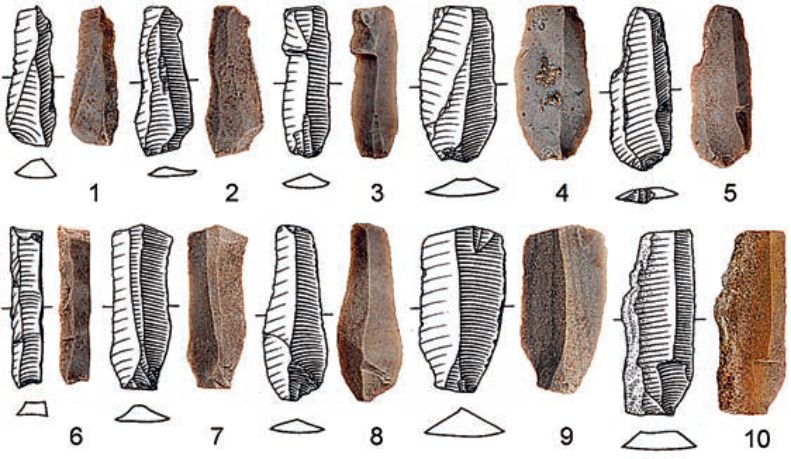Mining and processing of the Stránská skála-type chert during the Late Neolithic and Early Eneolithic periods
DOI:
https://doi.org/10.35686/AR.2019.17Keywords:
Moravia, Lengyel culture, Funnel Beaker culture, chert mining, workshop, chipped industryAbstract
Stránská skála represents an important geological and archaeological site. It is also known for its rich deposits of Jurassic cherts that were utilized in various ways during different stages of Moravian prehistory. The substantial Early Upper Paleolithic occupation events are of great significance and have been subject to several international research projects. Archaeological excavations targeting mining and workshop areas were resumed in the last years with a focus on Late Neolithic and Early Eneolithic activities. This paper introduces this project and summarizes recent results. Trends in the chipped industry within the Stránská skála workshop area are outlined, focusing on raw material variability, technology-typology, chronology, and socioeconomic aspects. The first indicators of the location and other aspects of post-Paleolithic mining activities in the field of Stránská skála III are introduced and discussed in the context of mining and workshop activities of similar contemporary features in the Czech Republic and neighboring regions.
Downloads












